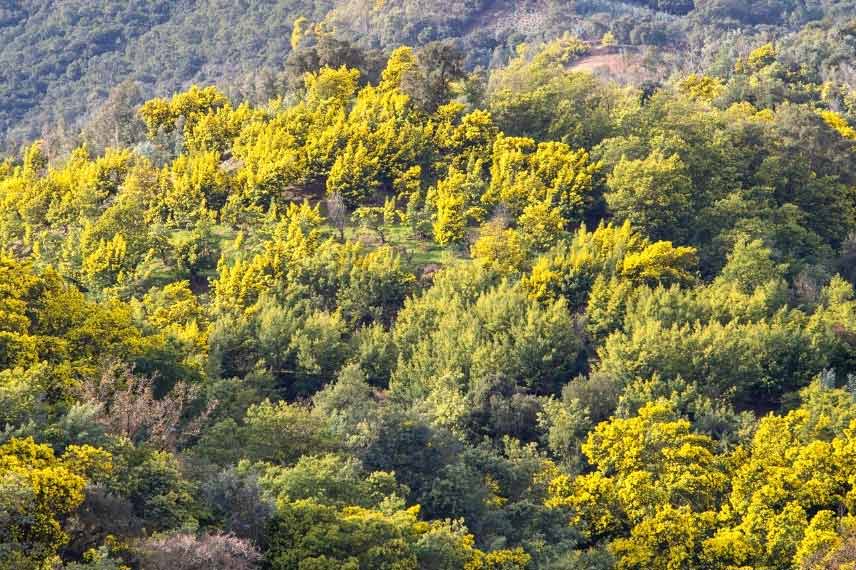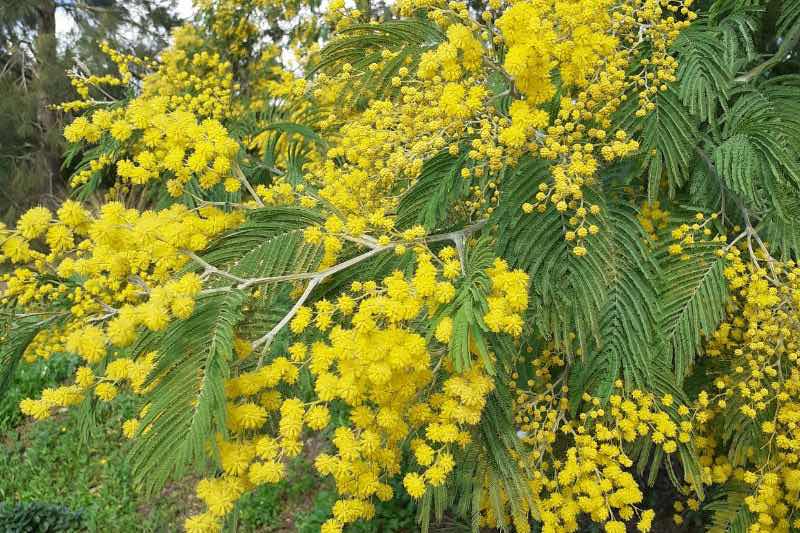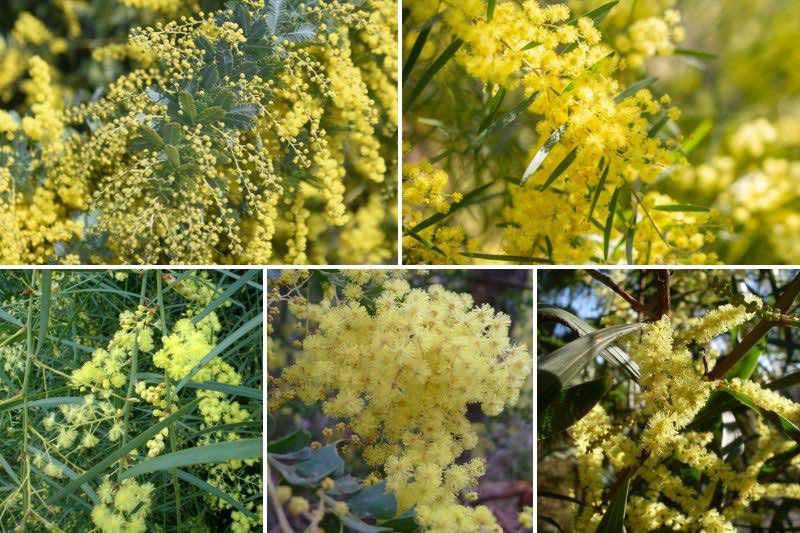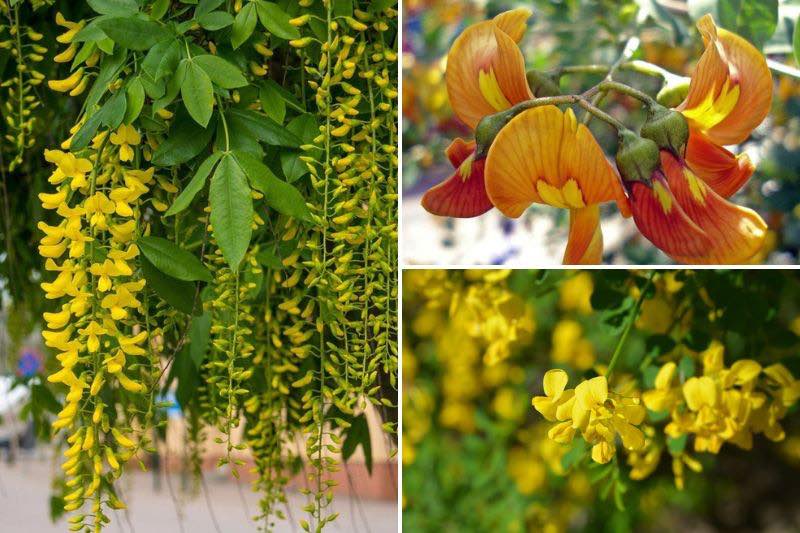Acacia dealbata, or mimosa, is a small tree that dazzles with its ornamental qualities, the delicacy of its foliage, and its sunny and delightfully fragrant flowering at the end of winter. It also generates concerns, both rightly and wrongly. Let’s explore together the reasons behind these concerns and their foundations, as well as what it truly means for an individual in their garden who is questioning the possibility of planting a mimosa. Before delving into the heart of the matter, let’s clarify the confusion sometimes made regarding its name: the mimosa or Acacia dealbata should not be confused with the false acacia or Robinia pseudoacacia, which is sometimes incorrectly referred to as Acacia.

The Mimosa in France
Introduced to the Côte d'Azur in the early 19th century, Acacia dealbata was then massively planted after 1850 in this same region, which has a very favourable climate for it. It has thus naturalised thanks to these massive plantings and this climate, and it is now considered invasive in this same region. It is classified as an "Invasive Exotic Species." It is present all around the Mediterranean. It is also found along the Atlantic coast, especially at the seaside. It has become very prevalent in a large quarter of the south-west of the country, and it can be found as far as the English Channel. Its strong ability to sucker, particularly after damage such as frost or intense fire, along with its capacity to produce shoots, explains its propensity to multiply rapidly. It also reproduces sexually through its numerous seeds, but the main mode of propagation in Europe is its vegetative reproduction. The mimosa can form dense stands that are impenetrable, thus preventing the development of other local and native species. It poses significant management issues in the south of France, particularly in Provence and on the Côte d'Azur. Its proliferation in the natural environment is not controlled: it thus very directly threatens biodiversity, where it multiplies rapidly on its own. It is also considered invasive in Spain, Portugal, and Italy, to name a few nearby countries, as well as in other regions of the world. In some French regions, it is considered to be monitored (South Atlantic and Midi-Pyrénées), while in Pays de la Loire, it is classified as a potential invasive plant.
Moreover, this high concentration of a single species, which is necessarily detrimental to ecosystems, has a significant impact on water flow, drainage, and soil erosion. Finally, this species, as a member of the Fabaceae family, plays a role in nitrogen fixation, which increases its concentration in the soil, and it is this excessive presence that creates this imbalance.
The methods of control are therefore substantial: manual removal of young plants, removal of fallen seeds, cutting of large specimens. In this latter case, it is also necessary to treat the stump mechanically or chemically to prevent shoots.

Are You Concerned About the Invasive Nature of Mimosa in Your Garden?
In fact, no, because while the mimosa we are discussing here, Acacia dealbata, does exhibit this characteristic of significant suckering, we now offer for sale grafted specimens onto another species of mimosa, Acacia retinodes, which is less hardy but not very suckering. It is also more sensitive to cold.
Other Aspects Often Mentioned Regarding Mimosa
The mimosa is sometimes blamed for its potential allergenic nature for those sensitive to pollen allergies or hay fever. Its contribution to these seasonal allergies, while not impossible, should be quite limited, as the mimosa is an entomophilous plant. Its pollen is dispersed by insects. The most allergenic plants have pollen that is windborne, these are anemophilous plants. Moreover, the pollen grains of the mimosa are grouped into small conglomerates: being heavier, they fall to the ground more quickly and, being denser, they are less likely to traverse the respiratory pathways. Measurements taken in Australia (where the mimosa originates) in 2008 found only 2.5% of pollen from Acacia dealbata in the total pollen in the surrounding air.

Another issue encountered: Acacia dealbata has a significant and powerful root system that can cause damage to underground pipes, crack foundations, and lift flooring. Once again, to mitigate this risk, one chooses a grafted specimen on Acacia retinodes, also known as the four-season mimosa.
Acacia retinodes as a rootstock also has the advantage of tolerating calcareous soils, whereas Acacia dealbata alone thrives only in acidic soil. The variety Acacia dealbata 'Gaulois Astier' is also often grafted onto Acacia retinodes. Otherwise, discover also other species of Mimosa, whose flowers are similar, grouped in racemes of yellow globules, but with different foliage, habit, and height.

Finally, Acacia dealbata emits allelopathic substances through its leaves and flowers during the flowering period, so in this case, the rootstock does not change anything. Between January and March, these compounds negatively impact the development of multiple seeds in the soil, which is their germination period. Many plants are thus likely not to grow under its canopy, while others will be indifferent to its presence. Grasses, spurges, periwinkle, are not likely to be bothered by its proximity, and surely many other plants as well.
If this last reason makes you want to consider another choice, you can plant a beautiful Baguenaudier or Colutea arborescens instead of a mimosa. Also consider Coronilla, a lovely bush with mimosa-like yellow flowers, or even Laburnum or Cytisus.
































Comments